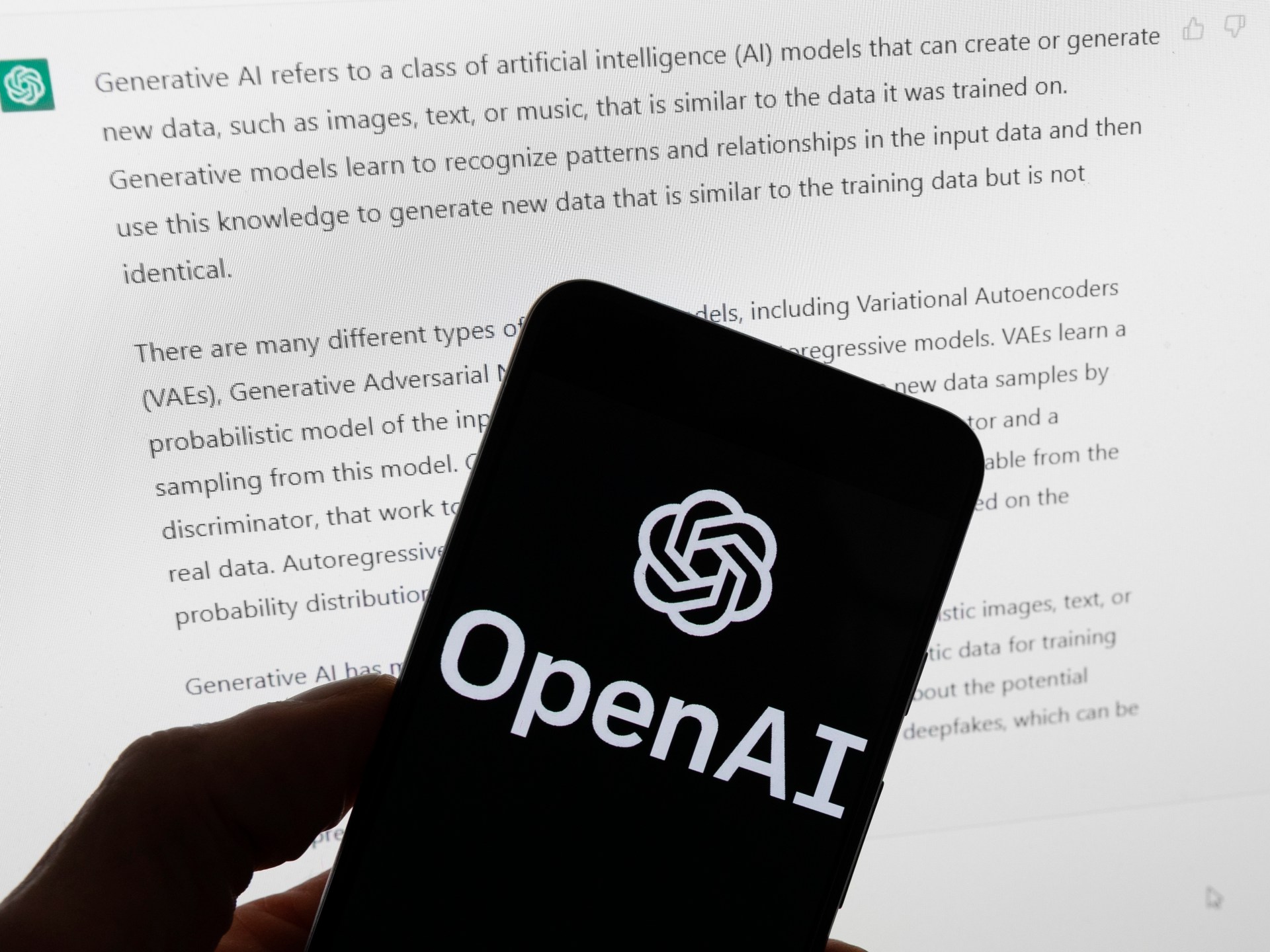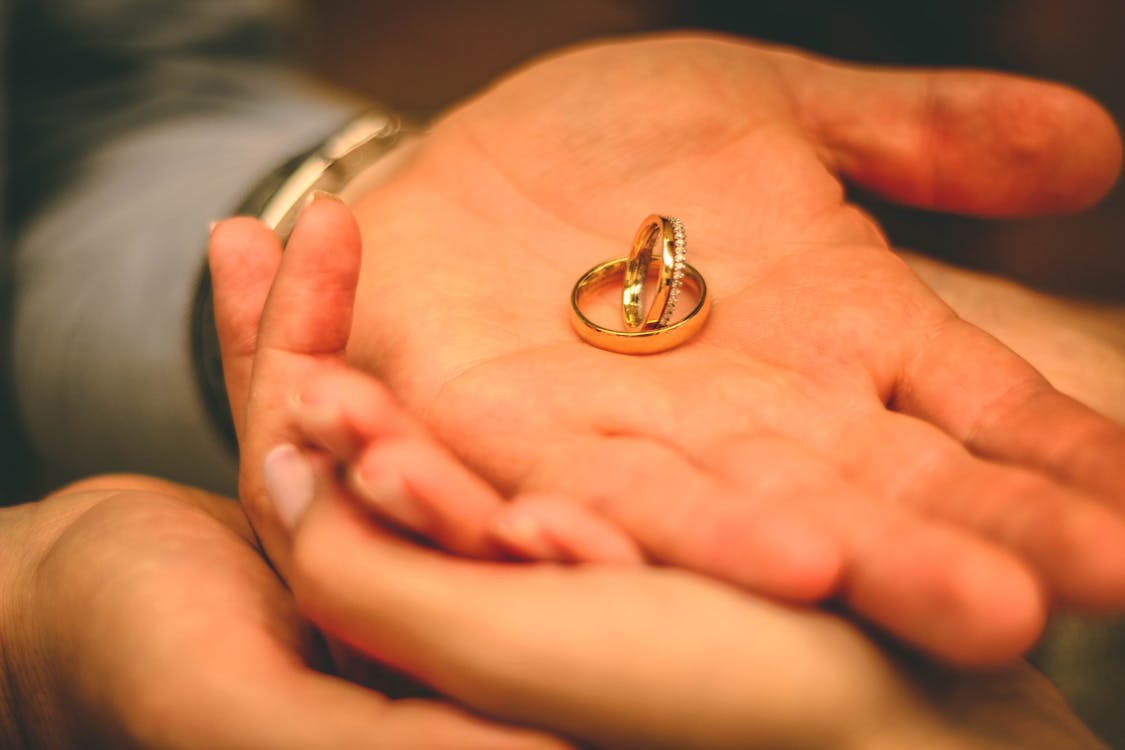TSA is screening facial recognition at far more airports, increasing privateness issues

BALTIMORE (AP) — A passenger walks up to an airport security checkpoint, slips an ID card into a slot and appears to be into a camera atop a small display screen. The monitor flashes “Photo Complete” and the man or woman walks by way of — all without the need of owning to hand over their identification to the TSA officer sitting behind the monitor.
It is all aspect of a pilot project by the Transportation Security Administration to evaluate the use of facial recognition technological know-how at a variety of airports throughout the nation.
“What we are attempting to do with this is aid the officers to really identify that you are who you say who you are,” mentioned Jason Lim, identification management capabilities manager, all through a demonstration of the technological innovation to reporters at Baltimore-Washington International Thurgood Marshall Airport.
The energy will come at a time when the use of different sorts of engineering to boost protection and streamline methods is only escalating. TSA states the pilot is voluntary and exact, but critics have raised considerations about issues of bias in facial recognition engineering and feasible repercussions for travellers who want to opt out.
The technological innovation is at this time in 16 airports. In addition to Baltimore, it’s getting utilised at Reagan Nationwide around Washington, D.C., airports in Atlanta, Boston, Dallas, Denver, Detroit, Las Vegas, Los Angeles, Miami, Orlando, Phoenix, Salt Lake Metropolis, San Jose, and Gulfport-Biloxi and Jackson in Mississippi. However, it is not at each TSA checkpoint so not each individual traveler going through all those airports would always practical experience it.
Travelers place their driver’s license into a slot that reads the card or spot their passport picture against a card reader. Then they glimpse at a digital camera on a monitor about the measurement of an iPad, which captures their impression and compares it to their ID. The technology is each checking to make sure the individuals at the airport match the ID they current and that the identification is in reality authentic. A TSA officer is still there and signs off on the screening.
A smaller indication alerts vacationers that their image will be taken as part of the pilot and that they can decide out if they’d like. It also includes a QR code for them to get additional data.
Considering that it’s come out the pilot has occur less than scrutiny by some elected officers and privacy advocates. In a February letter to TSA, 5 senators — 4 Democrats and an Unbiased who is section of the Democratic caucus — demanded the company end the plan, indicating: “Increasing biometric surveillance of Americans by the federal government represents a danger to civil liberties and privateness legal rights.”
As various forms of technology that use biometric details like encounter IDs, retina scans or fingerprint matches have develop into much more pervasive in both of those the non-public sector and the federal federal government, it is lifted issues amid privateness advocates about how this facts is collected, who has access to it and what transpires if it gets hacked.
Meg Foster, a justice fellow at Georgetown University’s Center on Privacy and Know-how, said there are problems about bias inside the algorithms of numerous facial recognition technologies. Some have a more challenging time recognizing faces of minorities, for illustration. And there’s the concern of exterior hackers figuring out ways to hack into authorities programs for nefarious aims.
With regard to the TSA pilot, Foster mentioned she has issues that while the company states it’s not at the moment storing the biometric facts it collects, what if that alterations in the long term? And although folks are authorized to opt out, she reported it’s not honest to put the onus on harried passengers who may well be anxious about missing their flight if they do.
“They could be anxious that if they object to face recognition, that they are likely to be less than further suspicion,” Foster said.
Jeramie Scott, with the Electronic Privacy Info Center, mentioned that even though it is voluntary now it could possibly not be for long. He noted that David Pekoske, who heads TSA, explained for the duration of a talk in April that ultimately the use of biometrics would be needed mainly because they’re additional powerful and productive, while he gave no timeline.
Scott claimed he’d favor TSA not use the technological know-how at all. At the least, he’d like to see an outside the house audit to verify that the technology isn’t disproportionally influencing specified groups and that the photos are deleted quickly.
TSA states the goal of the pilot is to make improvements to the accuracy of the identification verification with out slowing down the velocity at which travellers pass through the checkpoints — a vital issue for an agency that sees 2.4 million passengers each day. The agency explained early outcomes are beneficial and have revealed no discernable big difference in the algorithm’s potential to realize travellers based mostly on issues like age, gender, race and ethnicity.
Lim reported the illustrations or photos are not staying compiled into a database, and that photos and IDs are deleted. Considering that this is an assessment, in minimal situation some facts is collected and shared with the Office of Homeland Security’s Science and Technology Directorate. TSA states that information is deleted immediately after 24 months.
Lim claimed the camera only turns on when a particular person places in their ID card — so it’s not randomly gathering illustrations or photos of people at the airport. That also provides travellers control in excess of whether or not they want to use it, he explained. And he claimed that research has proven that though some algorithms do accomplish worse with specific demographics, it also demonstrates that higher-high quality algorithms, like the one the agency uses, are considerably extra precise. He claimed making use of the ideal obtainable cameras also is a aspect.
“We just take these privacy problems and civil rights problems really significantly, mainly because we contact so lots of individuals each day,” he said.
Retired TSA formal Keith Jeffries claimed the pandemic greatly accelerated the rollout of numerous types of this “touchless” technologies, whereby a passenger is not handing more than a doc to an agent. And he envisioned a “checkpoint of the future” wherever a passenger’s encounter can be utilized to check their luggage, go through the safety checkpoints and board the aircraft — all with minimal to no need to pull out a boarding card or ID paperwork.
He acknowledged the privateness fears and absence of have faith in quite a few men and women have when it comes to providing biometric info to the federal governing administration, but stated in several techniques the use of biometrics is now deeply embedded in modern society by means of the use of privately owned know-how.
“Technology is listed here to remain,” he claimed.
__
Follow Santana on Twitter @ruskygal.





